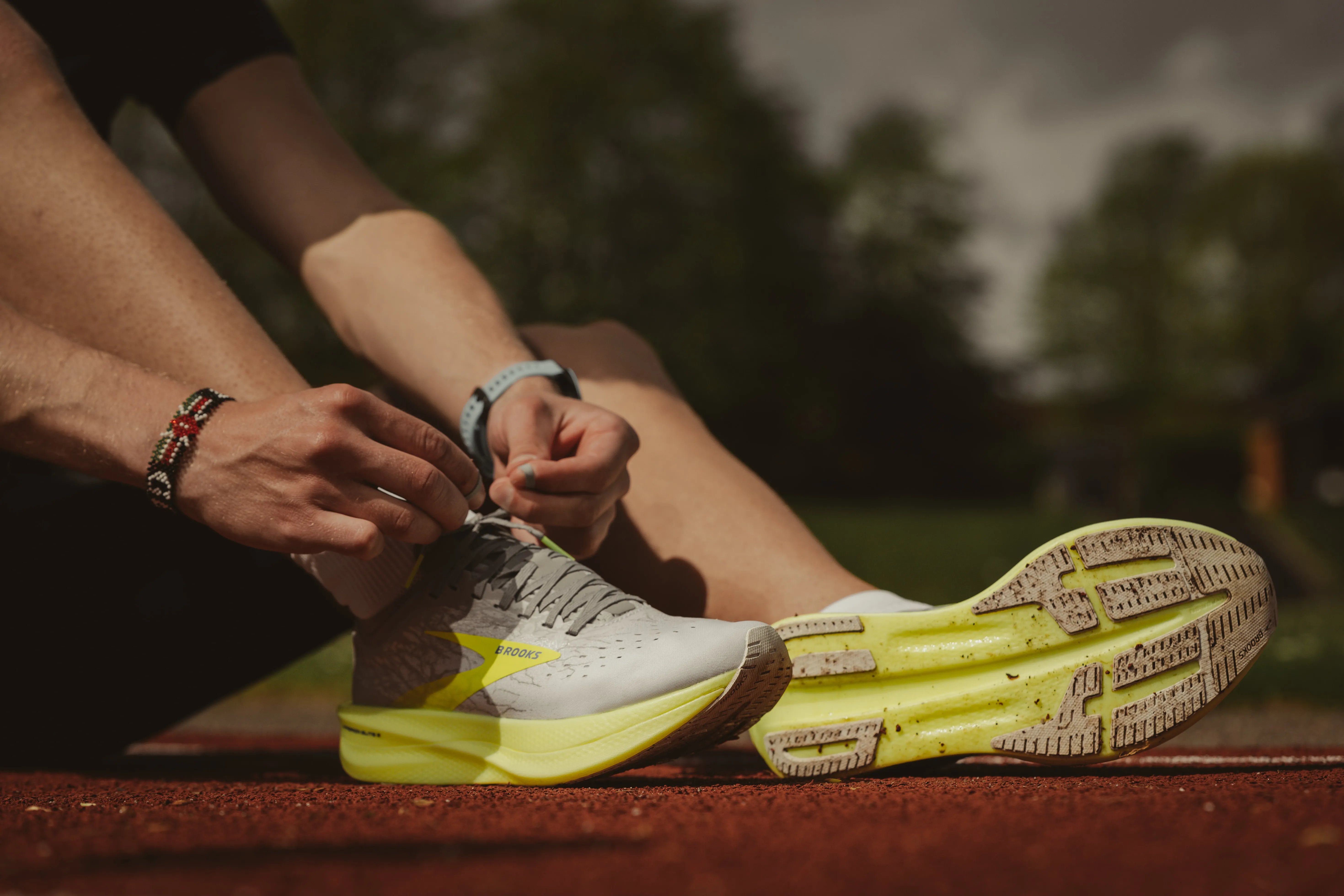
The chilly winter period does not spell the end for passionate runners. If anything, it presents an exhilarating challenge and a refreshing experience far removed from the hot summer period. You might need to rethink your wardrobe, though. Running in the winter requires practical and safety-conscious dressing, for both the comfort and effectiveness of your runs. This guide provides insightful tips on what to wear for winter running to ensure you maintain your pace while staying warm and dry.

Understanding Layering
In winter running, layering is a key principle. Wearing multiple light layers allows you to adjust your level of warmth more efficiently than if you’re simply wearing one heavy garment. The layers should feature moisture-wicking, insulating, and protective properties.
Base Layer
The base layer is the layer of clothing closest to your skin. It should consist of a material that wicks sweat off the skin to keep you dry and comfortable. Moisture-wicking synthetic materials like polyester or a natural one like merino wool works best here.
Mid Layer
The mid-layer acts as an insulation layer, trapping air between the layers to keep you warm. This is crucial to keep your body’s core temperature stable. Depending on the temperature and your personal preference, this could be a running sweater or a light fleece.
Outer Layer
The outer layer serves as your defense against wind and precipitation. It should be both windproof and water-resistant, yet breathable to help excess body heat and moisture escape.
Footwear and Socks for Winter Running
The function of footwear goes beyond providing comfort during your run. When choosing winter running shoes, go for models with less mesh to prevent cold wind and water from freezing your feet. To improve grip on snowy and icy ground, opt for shoes with outsoles designed for winter terrain.

When it comes to socks, materials that wick moisture such as wool or synthetic fibers are recommended to keep your feet dry and prevent frostbite.
Protecting the Extremities
In cold weather, the body focuses on keeping your core warm, often at the expense of your extremities. Gloves made from moisture-wicking materials are essential to protect your hands from the cold. For your head, consider wearing a beanie made from material that can wick moisture and provide insulation.
Finally, don’t forget about your eyes. Sunlight reflecting off snow can be harsh on your eyes - consider wearing sunglasses that can block out excessive light and UV rays.
Final Thoughts
Any running journey starts with a single step, and winter running requires a bit more preparation and mindful dressing. Focus on layering, don’t neglect your extremities, and put some extra thought into footwear socks. As always, safety comes first, but comfort is vital as well. A well-dressed run is a successful run, no matter how low the temperatures go.






